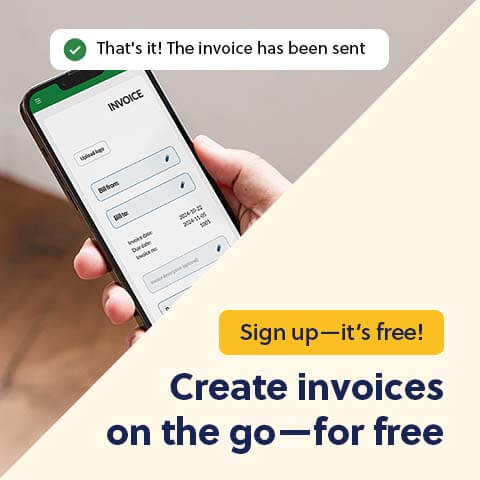Documentation is any type of paperwork that proves transactions in your bookkeeping.
Documentation is an accounting term used for documents that support transactions that you record in your accounting. Examples of these kinds of documents are invoices, contracts, and receipts.
What are the requirements for an invoice?
There are certain things that must be included in the documentation you use to support your transactions. An invoice should, for example, include the following:
- The name, address and contact information of the buyer, and business identification number if it’s a business
- The name address and contact information of the seller, and business identification number if it’s a business
- Information about whether the seller is registered for VAT or GST, commonly referred to as consumption tax
- A unique invoice number
- The invoice date, in other words, the date the invoice was issued
- A description of the products and services and their quantities
- The price
- The time and date the products or services were delivered
- The due date
You should check that the invoices you receive from your suppliers include this, and that you also adhere to these standards for the invoice you send to your clients. If you use invoicing software, rather than Word or Excel to make your invoices, the invoices you send to your clients will look professional and meet these requirements.

What are the requirements for a receipt?
When you buy something for your business, make sure to check that the receipt includes:
- the name and organization number of the business you’re purchasing from
- a description of the goods or services you’ve bought
- where the goods or services were sold/delivered
- the price of the goods or services
- value-added tax (VAT) or goods and services tax (GST), if applicable
- a receipt number
See also: Invoice vs. receipt
Primary and secondary documentation
Primary documentation is directly tied to the transactions in your accounts. An example of tihs is an invoice you sent to a client who bought one of your products, or a receipt you got when you bought a new laptop for your business.
However, in addition to the primary documentation, there’s also secondary documentation, like contracts, quotes, bank statements, and corporate records, which you also have to make sure you store safely.
